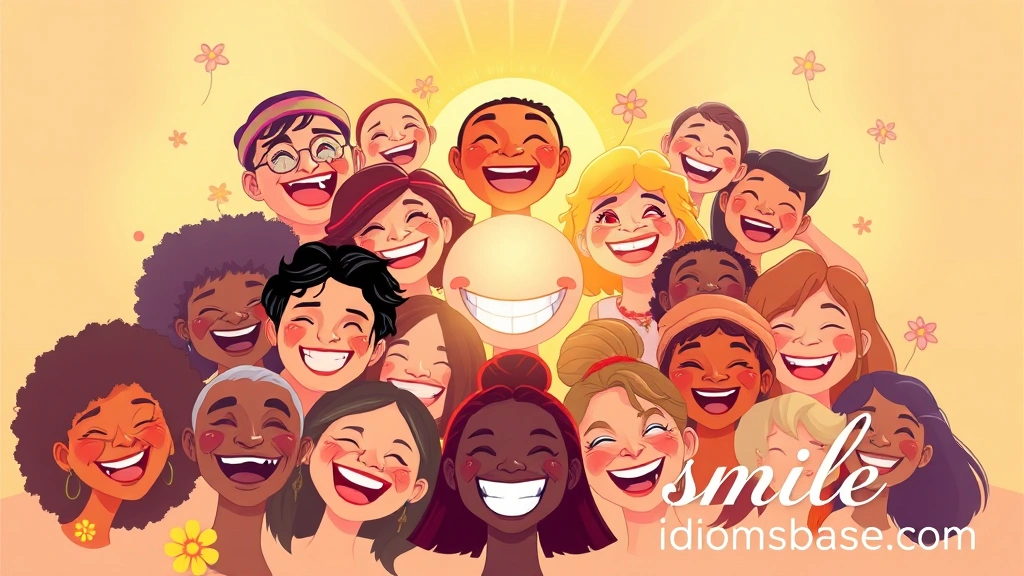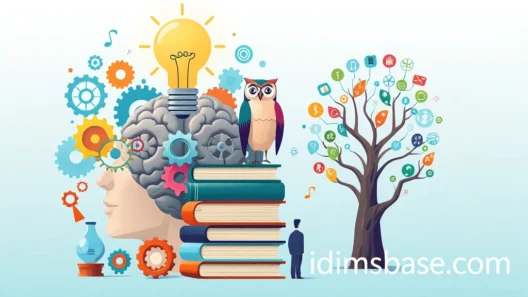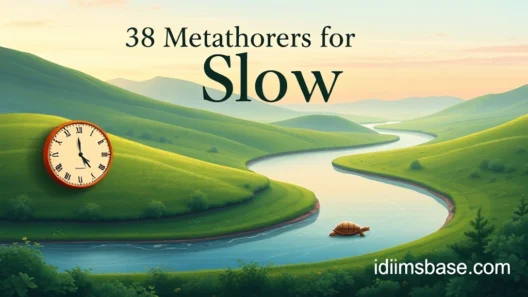A smile – it's a universal language, a beacon of joy, and a simple curve that can change a whole day! But have you ever stopped to think about just how many ways we describe that wonderful expression? It’s more than just showing teeth; it’s a whole spectrum of emotions and feelings. Let's dive into the fascinating world of metaphors for smiles, exploring 38 different ways to capture that radiant moment. You'll be amazed at the creativity!
The Radiance of a Smile
A smile often brings light, warmth, and a sense of brightness. It can illuminate a room or brighten someone's mood.
Illuminating Metaphors
- A sunbeam: Just like a ray of sunshine breaking through clouds, a smile can instantly brighten a gloomy moment.
- A lighthouse: Guiding and offering hope, especially when things feel dark.
- A flickering candle: A gentle, warm glow that creates a cozy atmosphere.
- A burst of starlight: Sudden, dazzling, and enchanting.
- A dawn breaking: Signifying new beginnings, fresh hope, and the end of darkness.
- A constellation: A collection of tiny, beautiful points of light, forming something grand.
- A firework display: Exciting, colorful, and leaving a lasting impression.
- A moonbeam: Soft, ethereal, and bringing a gentle glow to the night.
The Sweetness and Delight of a Smile
Some smiles are just inherently sweet, bringing a sense of comfort and pleasure, much like a delicious treat or a pleasant sensation.
Delectable Descriptions
- A spoonful of honey: Sweet, comforting, and instantly soothing.
- A fresh bloom: Delicate, beautiful, and opening up to the world.
- A gentle breeze: Refreshing, subtle, and bringing a sense of calm.
- A warm embrace: Comforting, welcoming, and full of affection.
- A velvet touch: Soft, luxurious, and incredibly pleasant.
- A melody: Harmonious, pleasing to the ear, and uplifting.
- A ripe fruit: Full of flavor, juicy, and perfectly satisfying.
- A secret garden: Full of hidden beauty, wonder, and a sense of discovery.
The Power and Impact of a Smile
A smile isn't just pretty; it can be incredibly powerful, influencing emotions, interactions, and even entire situations.
Forceful Figures of Speech

- A silent symphony: Communicating volumes without a single word.
- A shield against sorrow: Protecting one's heart from sadness.
- A key to the heart: Unlocking emotions and building connections.
- A bridge to understanding: Connecting people across differences.
- A soft whisper: Subtle yet profound in its message.
- A magnetic pull: Drawing people in with its charm.
- A gentle current: Moving things forward smoothly and effortlessly.
- A ripple effect: Starting small but spreading far and wide.
The Character and Nuance of a Smile
Not all smiles are the same! Some are mischievous, others shy, and some are full of hidden meanings. These metaphors capture those unique qualities.
Expressive Embellishments
- A mischievous glint: Hinting at playful secrets or intentions.
- A shy peek: Just barely visible, hinting at hidden feelings.
- A knowing wink: Sharing an unspoken understanding or inside joke.
- A conspiratorial nod: Signaling agreement or shared secrets.
- A subtle dance: A delicate movement that conveys much.
- A fleeting shadow: Appearing and disappearing quickly, leaving a trace.
- A quiet promise: Conveying reassurance or future intentions.
- A hidden gem: Rare, precious, and discovered by those who look closely.
The Transformation and Growth of a Smile

A smile can evolve, grow, and signify a shift in mood or perspective, much like nature's processes.
Evolving Expressions
- A blossoming flower: Opening up beautifully, revealing inner joy.
- A thawing ice: Melting away stiffness and revealing warmth.
- A spreading warmth: Starting small and enveloping everything in its path.
- A rising tide: Gradually increasing in intensity and impact.
- A gentle unfurling: Slowly revealing its beauty, like a new leaf.
- A dawning realization: The moment understanding or happiness washes over someone.
Key Takeaways
- Smiles are diverse: There are countless ways to describe a smile, each capturing a different nuance.
- Metaphors enhance description: Using metaphors helps paint a vivid picture and evoke deeper emotions.
- Categories help understanding: Grouping metaphors by theme (radiance, sweetness, power, character, transformation) makes them easier to appreciate.
- Language is powerful: A simple smile can be described in profoundly imaginative ways.
Frequently Asked Questions

Q1: Why are metaphors important for describing smiles?
Metaphors are incredibly important because they allow us to describe abstract feelings or simple actions, like a smile, in much richer, more imaginative ways. Instead of just saying "she smiled," you can say "her smile was a sunbeam," which immediately conjures an image of warmth and brightness. They add depth and emotion to our language.
Q2: Can a smile be a metaphor for something else?
Absolutely! A smile itself can be used metaphorically. For instance, you might say "the new policy was a smile on the face of the company," meaning it brought a positive appearance or improvement. Or, "the calm sea wore a smile," implying a gentle, welcoming appearance.
Q3: How can I use these metaphors in my writing?
You can use these metaphors to make your writing more vivid and engaging! Instead of simply stating that a character smiled, pick a metaphor that perfectly matches the type of smile and the emotion behind it. For example, for a shy character, "her smile was a shy peek" works wonderfully. For a joyful character, "his smile was a firework display" is perfect. They add color and depth to your descriptions.
Q4: Are there cultural differences in how smiles are perceived or described?
Yes, definitely! While a smile is universally recognized, the meaning and context of a smile can vary culturally. For example, in some cultures, a broad smile might be seen as overly familiar, while in others, it's a sign of genuine welcome. Metaphors often reflect these cultural nuances, drawing on local imagery and experiences to describe the feeling a smile conveys.
Q5: What's the difference between a simile and a metaphor?
That's a great question! Both similes and metaphors are figures of speech that compare two unlike things. The key difference is that a simile uses "like" or "as" to make the comparison (e.g., "her smile was like a sunbeam"), while a metaphor directly states that one thing is another (e.g., "her smile was a sunbeam"). Metaphors create a stronger, more direct connection.
There you have it – 38 beautiful ways to describe that simple, yet profound, expression: a smile. We hope this journey through language has sparked your imagination and given you a new appreciation for the power of words. Which metaphor resonated most with you? Share your favorite, or even invent a new one! Let's keep the conversation smiling!






